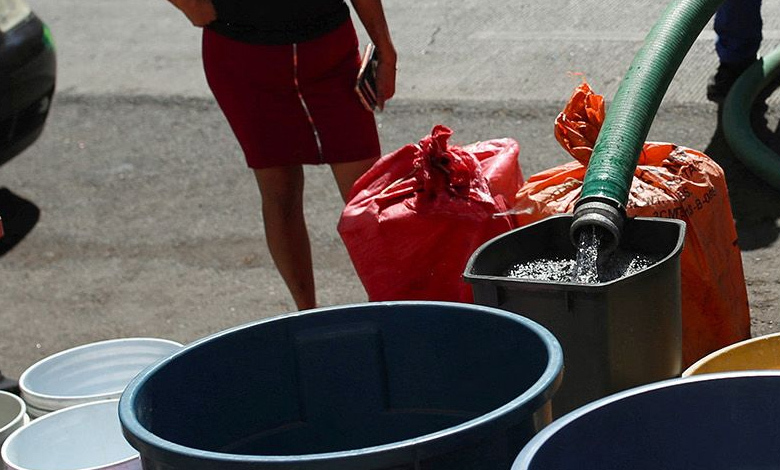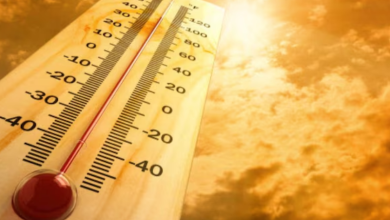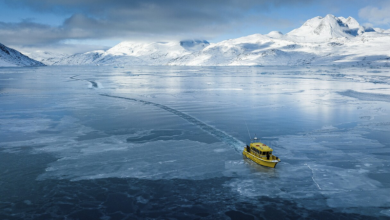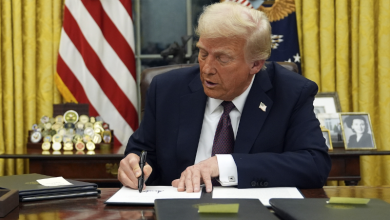Taps running dry: Is Mexico City approaching a concerning ‘day zero’?

Mexico City, home to nearly 22 million people and one of the biggest cities across the globe, has long been facing a severe water crisis as a series of problems – such as geography, leaky infrastructure and unhealthy urban development – are compounded by climate change.
The water system, already struggling to address increasing demand, is currently under more stress due to years of abnormally low precipitation, longer dry periods and high temperatures. Authorities have introduced major restrictions on the water pumped from reservoirs.
There are still four months left for the rains to start. Politicians are downplaying the situation but some experts fear Mexico City could be approaching “day zero” in a matter of months – when the taps run dry for huge swathes of the city.
Exploring the prospect of a “day zero”
The Spanish arrived in the early 16th century and tore down much of the Mexico City, drained the lakebed, filled in canals and ripped out forests. Their decision paved the way for many of the spot’s modern problems. In the rainy season, it floods. In the dry season, it is parched.
Nearly 60% of the city’s water comes from its underground aquifer. But it has been extremely over-extracted, resulting in the place sinking at a frightening rate. The aquifer is not being sufficiently replenished. The rest of the supply comes from sources outside the city.
The Cutzamala water system supplies about 25% of the water used by the Valley of Mexico, which includes Mexico City. But a concerning drought has taken its toll. Currently at just about 39% of capacity, it has been experiencing a historic low.
Some 90% of the city is in severe drought and it is set to get worse as the rainy season is still months away. Three years of La Nina brought drought to the region and then the arrival of El Nino last year resulted in a short rainy season that couldn’t adequately replenish sources.
The solutions for Mexico City’s water crisis are clear
The long-term trend of human-caused global heating hums in the background. Fabiola Sosa-Rodríguez, head of economic growth and environment at the Metropolitan Autonomous University in Mexico City, has long been warning officials of the impending shortages.
She said the solutions are clear: better wastewater treatment can reduce pollution and increase availability, and rainwater harvesting can capture and treat the rain to let residents reduce their reliance on the water network or water trucks by 30%.
She also highlighted the need to fix leaks in order to make the system much more efficient and reduce the amount of water needed to be extracted from the aquifer. Moreover, nature-based solutions such as restoring rivers and wetlands can help, too.
Read More: Can forestation tackle climate change? Scientists raise concerns over ‘side-effects’



